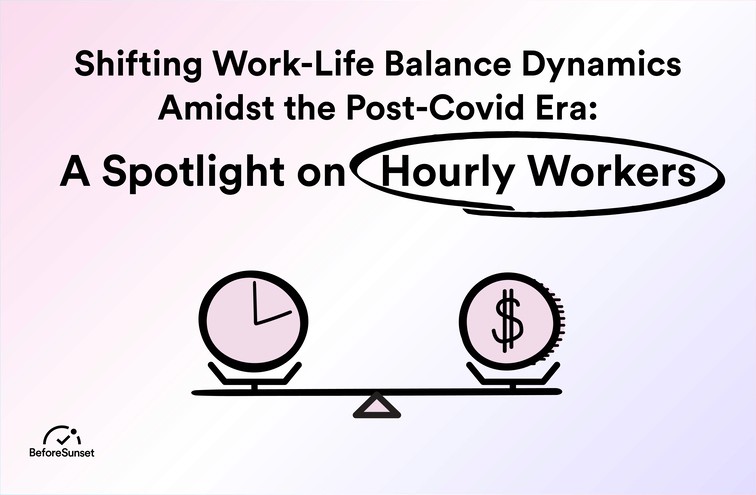In contemporary work life, overworking seems to have become the norm. With the regular 9-5 becoming something of an archaic practice, rigid definitions of when the workday starts and ends have become the ultimate enigma. This is especially the case for hourly workers, many of whom prefer the additional hour of work for the prospect of earning increased compensation. Yet, this comes with many challenges including a lack of convenience, flexibility, adequate pay, and limited power over their workday schedules.
At BeforeSunset we set out with a philosophy believing that all employees should be able to finish their workdays, well… before sunset! To accurately alleviate the challenges everyday workers commonly run into, we first needed to understand what those specific challenges were. That is why we ran an extensive online discovery survey, completed by 765 participants. Let’s discover what was unveiled by the survey results.
Work-Life Balance & Time Management Industry Discovery Survey
The survey was taken by predominantly hourly workers (50.79%), followed by 30% salaried employees, 10% freelancers, 4% contractors, 3% project managers, and 2% retired individuals. Despite being hourly workers a staggering 78% of our participants held only 1 job.
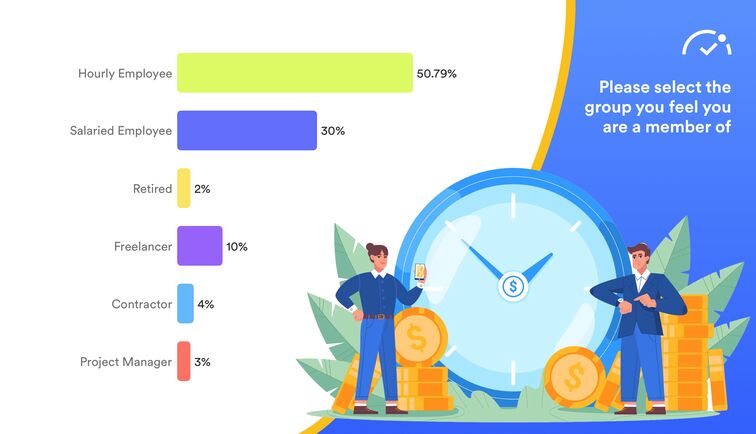
In the typical 9-5 workday scheme, one would expect individuals to work a total of 35 hours, assuming there is an hour-long lunch break included in the workday. Our survey was quick to show that this is no longer the case, supporting our assumption that the workforce is increasingly overworking. When asked how many hours a week they spend working, a staggering 42% said they work between 40 to 49 hours, and a further 11% saying they work over 50 hours.
We then set out to discover whether the state of overworking at least comes with a proper structure for the well-deserved compensation; the answer: is likely not. There is a somewhat even distribution between those who work on billable hours and those who work non-billable hours. There is no wonder, then, that an overwhelming 30% of respondents stated that they didn’t feel their work was being compensated fairly. Proper budget management was evidently a concern and required a sophisticated and preferably personalized method of tracking.
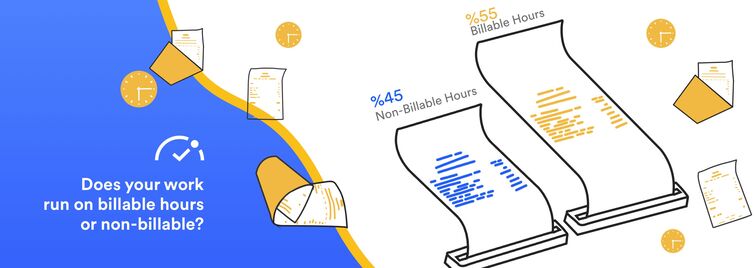
A similar trend can be observed when it comes to time management. Around 40% of our respondents said that they use their work time somewhat efficiently, or not at all. That may, indeed, be because 36% do not currently have a designated method of time tracking & management. Even for those who do track their time, the overwhelming method(35% of respondents) seems to be an archaic form of time tracking using pen and paper. Only around 270 respondents said that they use a more sophisticated approach to time tracking, such as web-based time tracking solutions, task management, and calendar apps.
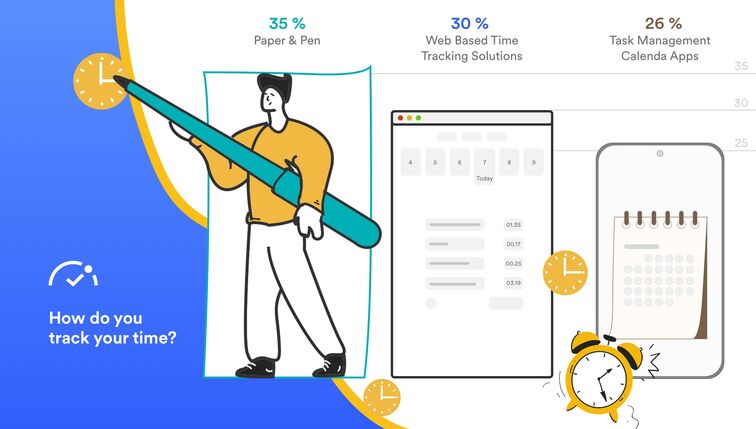
What about those who don’t track their time? Why not?
A Lack of Understanding or Effective Method for Time Tracking in the Market

Well, turns out about 28% believe it is unproductive to track time. This is a distinguishably counterintuitive belief as time tracking has proven to benefit employees significantly. Here are some major advantages of time tracking identified by Workable, including improved focus, proof of delivery, efficient work structure, and accountability.
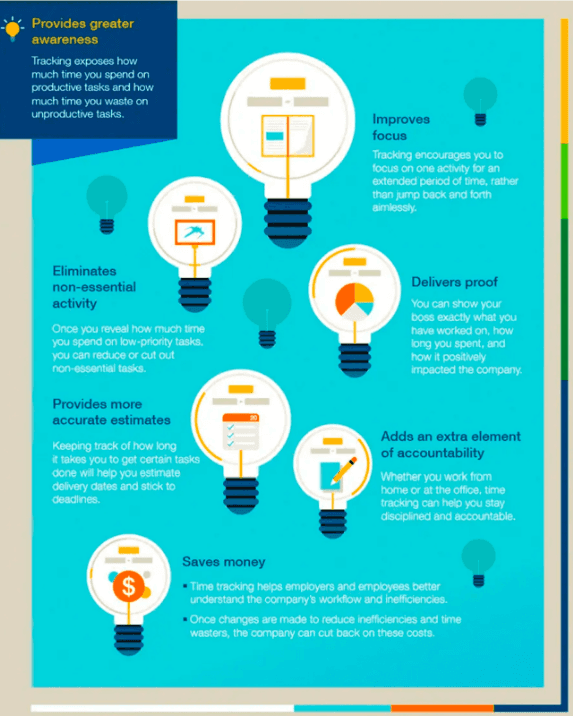
What was also very striking from the results was that about 41% of respondents said that they were not aware of any methods to track their time or that the current methods had proven to be cumbersome. That is precisely where BeforeSunset aims to come in as the go-to time tracking and budget management tool.
An Over Allocation of Time & Money on Tasks and Projects
Another key discovery from the survey was how a predominant portion of our respondents said that their tasks tend to take longer than the time they had originally allocated for them. For 25% of them, this happened multiple times a day, and for 17% at least once a day. Another 34% of respondents shared that they experienced this inefficiency at least once a week.
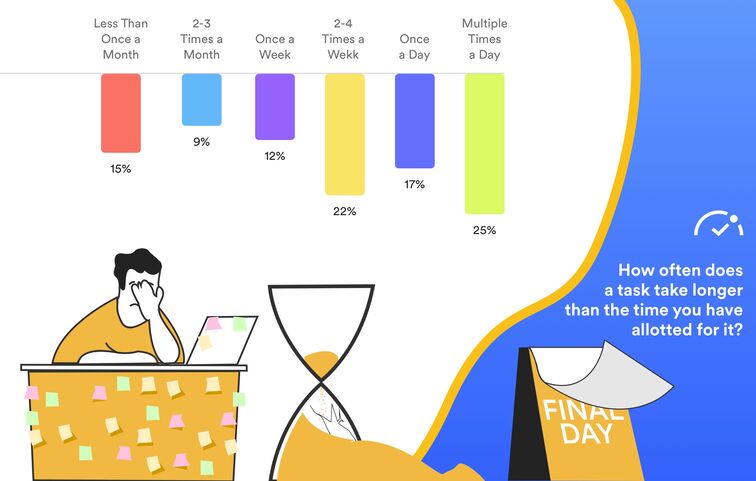
A similar challenge experienced by employees was evidently unintentionally missing deadlines because of a lack of planning around how long tasks would take to complete. Almost all respondents experienced this phenomenon at least once every year, while a staggering 23% experienced this at least once every month.
Multitasking is the New Norm in the Workplace

When asked how often they work on multiple tasks/projects at once, 38% of respondents said that they encountered this every day, while another 38% said that they encountered it most often. With only 4% of respondents saying that they never experienced a need to multitask across different projects, a systematic approach to task management will likely prove the most useful for workers across industries.
Indeed, the lack of such a comprehensive approach to task management is likely why about 30% of respondents felt a lack of well-maintained work-life balance. What does this look like in terms of when people wrap up their workday? Again, the survey results counteract our understanding of a 5 pm workday ends. In fact, about 70% of people finish their workday after that deadline. What’s even more striking is that about 14% of respondents said they wrap up their workday after 8 pm. No time for watching the sunset, no doubt…

Hourly Workers as the Subject of The Harshest Work-Life Balance Structure
Are these trends the same across occupations or work structures? Evidently not. A staggering 70% of respondents said that these trends are the harshest on hourly workers. In fact, they felt that these workers weren’t treated or compensated equally to full-time employees.
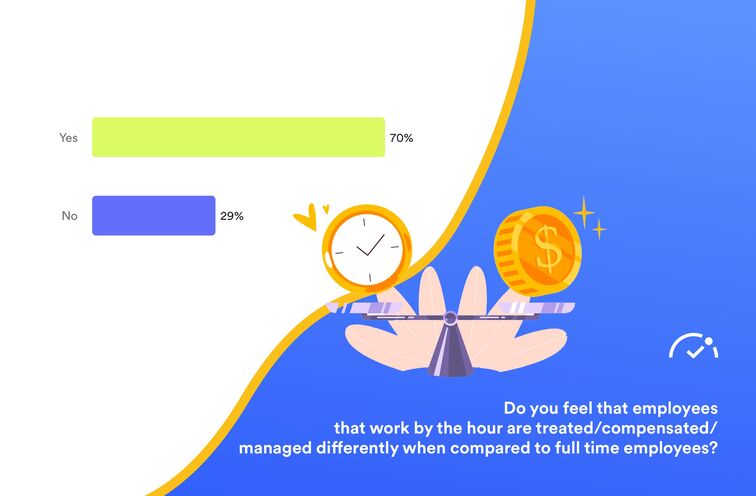
This trend simply needs to be broken. In the post-Covid era, more and more individuals are turning to hourly work as side freelance gigs, or even as a replacement to a full-time job. More and more people will likely be turning to this job model in the years to come. Further, the emerging young generations who will begin to correspond to a majority of the workforce prioritize work-life balance above all else. That is why proper time and budget management software is crucial both for employees to manage their workday in the most efficient way possible, and for employers to retain their hourly workers. If you feel that this may sound way too familiar, give BeforeSunset a go with our free plan for up to 3 users.
